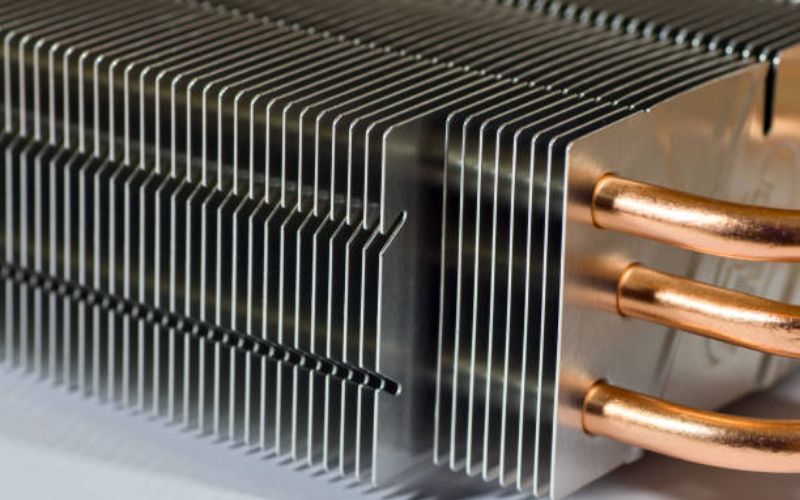The Basics of SSD Heatsinks
Solid-State Drives (SSDs) have become increasingly popular due to their faster data transfer speeds and improved efficiency for performance-heavy tasks. However, SSDs are prone to overheating, which can cause permanent damage to the drive over time. Heatsinks are used to dissipate heat from the SSD, preventing overheating. But
Is it okay to use SSD without a heatsink??
Understanding SSD Performance
SSD performance is directly related to temperature. Higher temperatures can result in lower performance and decreased lifespan of the drive. SSDs use a controller chip that processes data, and it generates heat while doing so. The greater the data transfer rate, the more heat is generated. Therefore, a heatsink is crucial for SSDs with high data transfer rates.
Benefits of Using SSD Heatsinks
SSD heatsinks offer several benefits, including:
- Improved performance: A heatsink dissipates heat from the SSD, allowing it to run at higher levels without overheating. This ultimately improves its overall performance.
- Extended lifespan: Overheating can cause damage to an SSD's components, which can lead to permanent data loss. A heatsink prevents overheating, thereby extending the lifespan of the drive.
- Improved reliability: Using a heatsink reduces the risk of data loss and helps ensure the reliability of the drive.
Factors to Consider When Using SSDs without Heatsinks
Although SSD heatsinks are highly recommended, some situations may allow for the use of an SSD without a heatsink. Consider the following factors:
- Low data transfer rates: If the SSD is not being used for performance-heavy tasks, it may not need a heatsink.
- Adequate airflow: If the SSD is positioned in a location that has sufficient airflow, overheating may not be a concern.
- Compatible enclosure: If the SSD is enclosed in a compatible case or mounting bracket, it may function optimally without a heatsink.
SSD Brands That Require Heatsinks
Some SSD brands are known to overheat and require heatsinks. These include:
- Samsung 970 EVO Plus
- Western Digital Black SN750
- Kingston KC2000
If you own any of these SSDs, it is essential to use a heatsink for optimal performance and lifespan.
Types of SSD Heatsinks
There are two types of SSD heatsinks: passive and active. Passive heatsinks do not have fans and rely on natural airflow to dissipate heat. Active heatsinks have fans that actively cool the drive. Active heatsinks tend to be more effective than passive heatsinks, but they also tend to be louder and more expensive.
Installing an SSD Heatsink
Installing an SSD heatsink is relatively easy. It involves only a few simple steps:
1. Remove the SSD from the motherboard.
2. Apply thermal adhesive to the heatsink, making sure it covers the entire surface.
3. Place the SSD on top of the applied adhesive.
4. Secure the SSD onto the motherboard.
Conclusion
In conclusion, using an SSD without a heatsink is possible, but it is highly recommended to use a heatsink for optimal performance, lifespan, and reliability. Consider the factors mentioned above when deciding whether or not to use an SSD without a heatsink.
SSD, overheating, performance, lifespan, heatsinks, passive, active, compatibility
Is it Okay to Use SSD without a Heatsink? | Factors to Consider
Find out if it is okay to use SSD without a heatsink. Learn about the benefits of using SSD heatsinks, factors to consider, types of heatsinks, and how to install them.
Quote Inquiry
Contact us!

